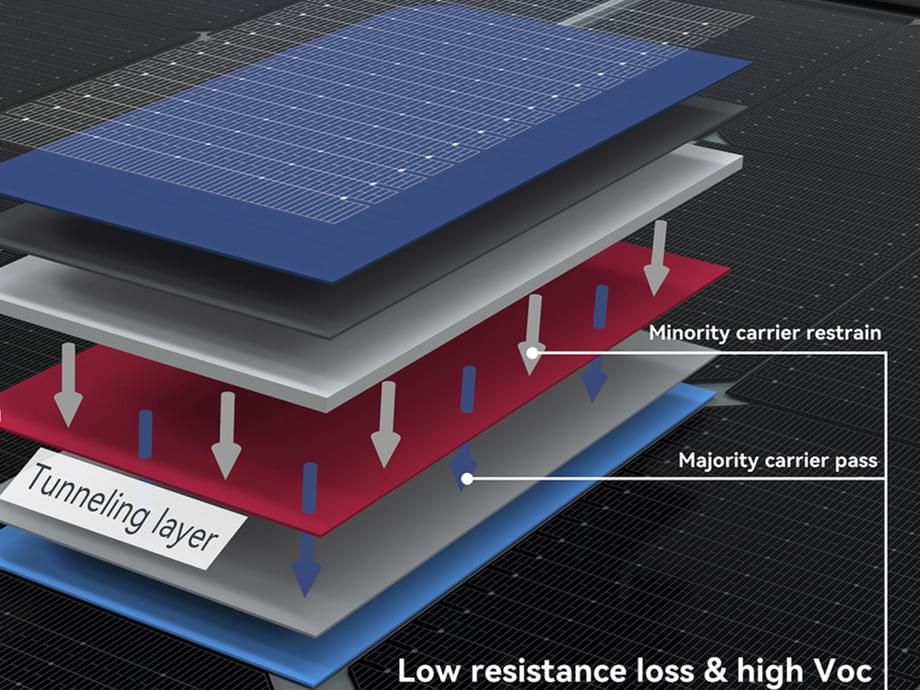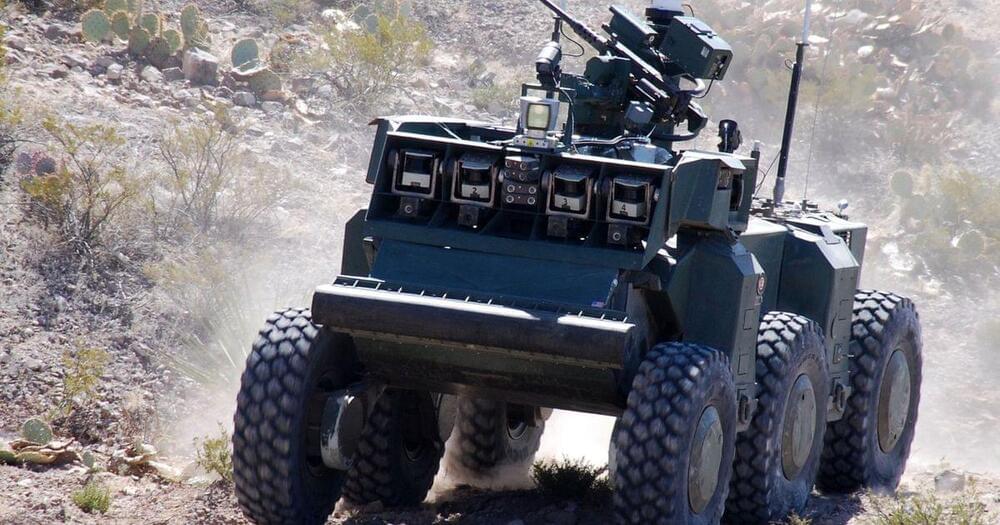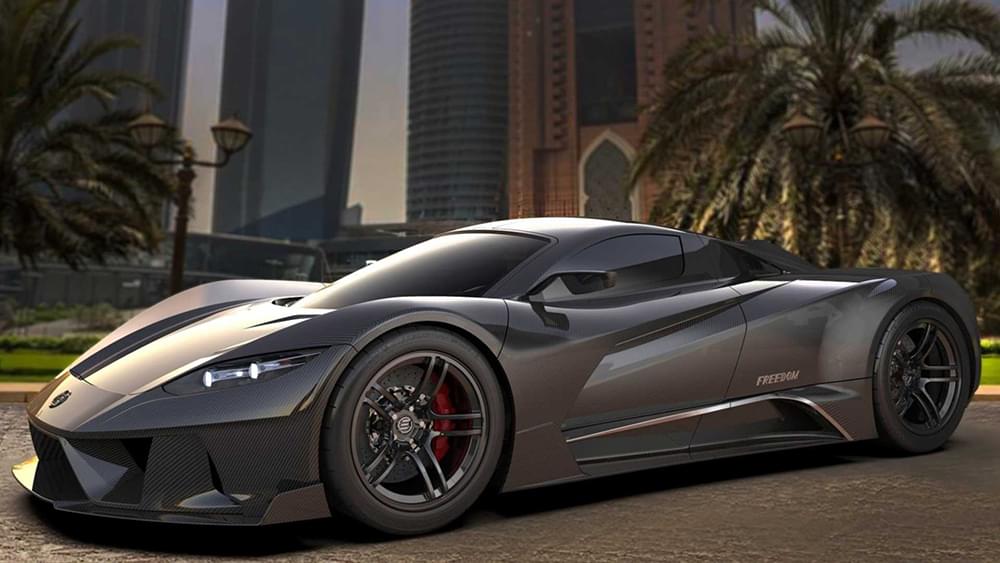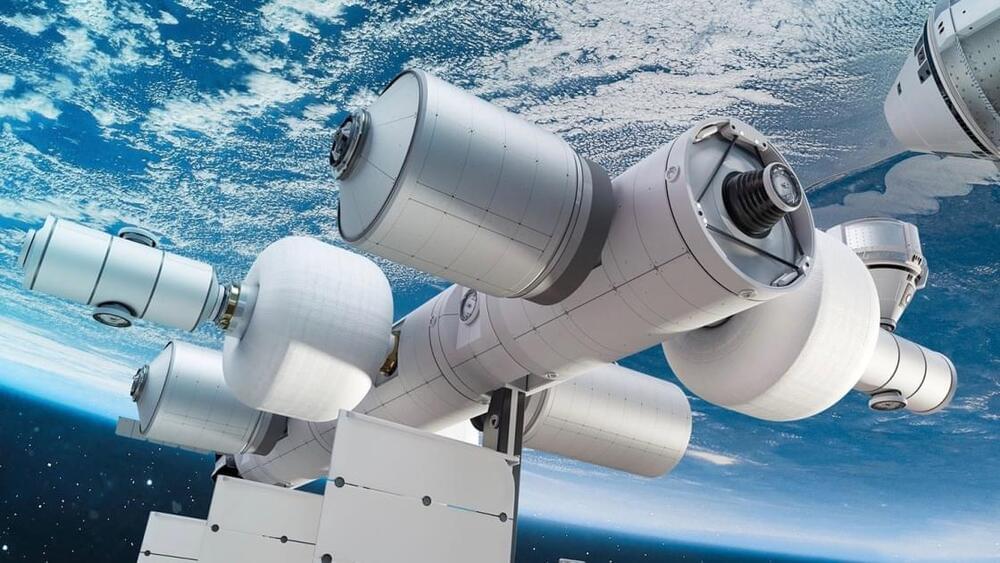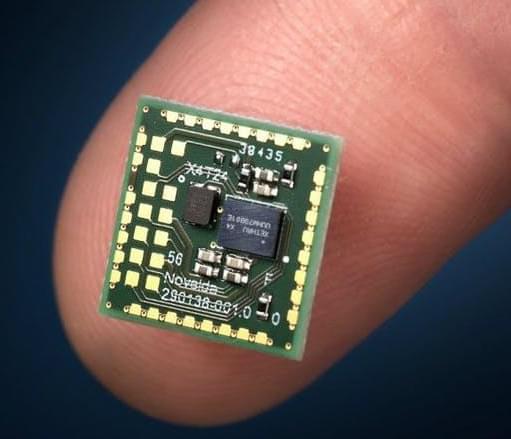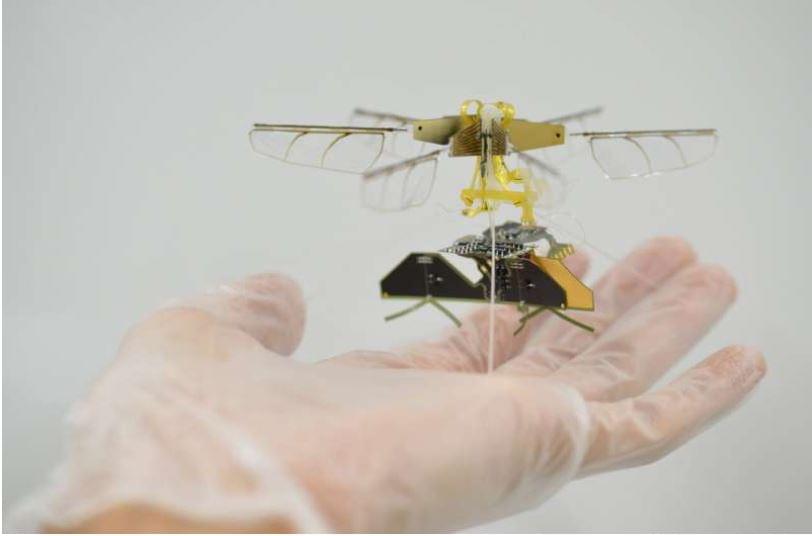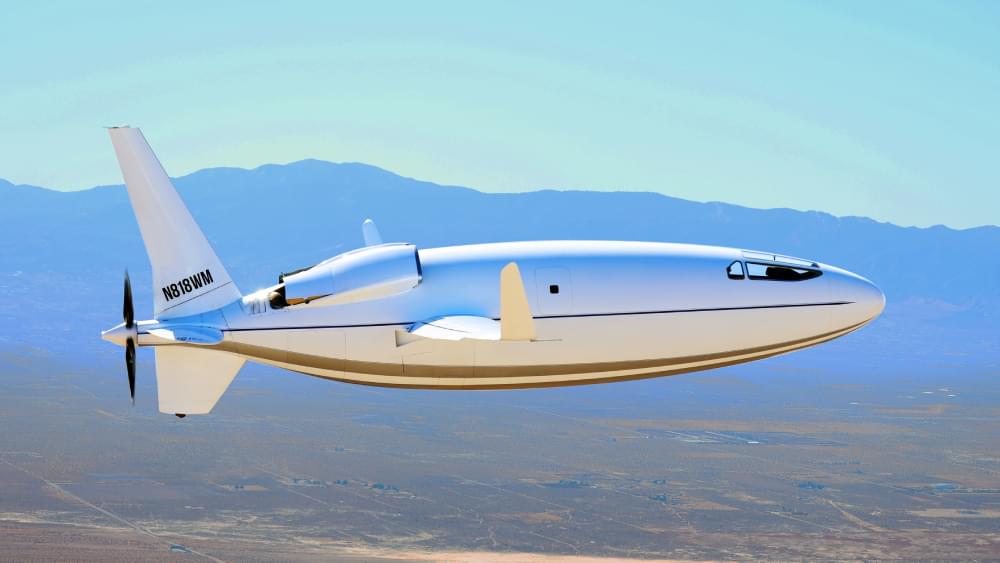JinkoSolar has announced that it has launched the 2021 series of Tiger Neo modules. The new technology promises to be much more efficient.
The new Tiger Neo adopts N-type TOPCon technology with further enhancements in performance, power, energy density and reliability. In mass production, the new module delivers a maximum power output of up to 620 watts and an ultra-high conversion efficiency of up to 22.30 per cent.
JinkoSolar’s N-type TOPCon technology provides about 5 per cent to 6 per cent more efficiency than mono PERC and about 3 per cent to 4 per cent more energy generation. Mass produced from 182mm wafers, the new Tiger Neo modules feature Multi-Busbar (MBB) and half-cut cell technology to reduce internal resistance loss, and the circular solder strip design increases optical gain so that the module has an ultra-high efficiency of up to 22.30 per cent.
Tiger Neo’s bifacial factor of up to 85 per cent is a great advantage because it allows about 5 per cent to 15 per cent higher energy yield compared to conventional P-type bifacial modules in its life-time period. A higher bifacial factor also improves its power generation capacity and power generation efficiency.
